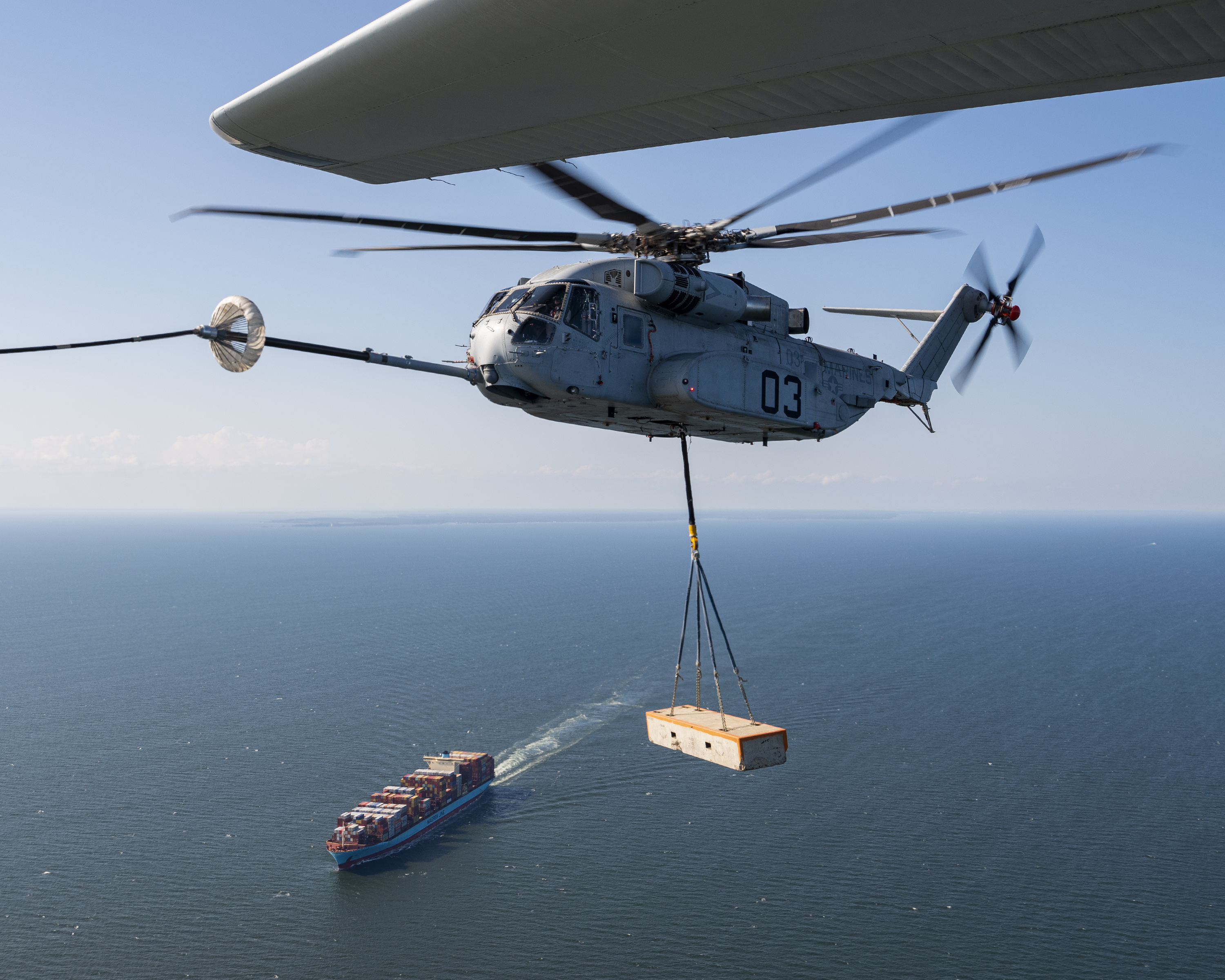
The Marine Corps’ top aviation officer assured a key House panel this week that the unit costs of the CH-53K King Sea Stallion helicopter are dropping significantly.
Major problems such as engine gas re-ingestion are being fixed and readiness rates for test aircraft are all moving in the right direction, Lt. Gen. Mark Wise, the deputy commandant for aviation, told the House Armed Services tactical air and land forces subcommittee Wednesday.
Wise said “there are some good news stories” emerging in the program. He put the unit cost of the heavy-lift helicopter at $97 million in Lot 5, down from more than $130 million.
Rep. Vicky Hartzler (R-Mo.), the panel’s ranking member, pressed Wise as to whether the Marine Corps is making further cuts to the program by only requesting nine CH-53Ks in Fiscal Year 2022, instead of the 11 forecast for FY 2022 in the prior year’s five-year budget plan.
Wise said the initial drop from 220 to 200, the current requirement, was made for “affordability.” As for going below 200, he added, “it is possible,” but “I’m sure it will [not] go grossly below 200.”
If there is a future cut in the buy, he said it would occur at the end of the contract and should not drive the per helicopter price upward.
In his opening remarks, Rep. Donald Norcross, (D-N.J.), the subcommittee’s chairman, said the program “should be much farther along” in controlling costs and performance..
When the service representatives were asked about unmanned systems and their future, all of them said they were at a stage of mixing manned and unmanned systems in missions and operations.
Wise said the Marine Corps is learning how to use the MQ-9 Reaper, a group 5 unmanned aerial vehicle developed by the Air Force, for missions other than intelligence, surveillance and reconnaissance.
He specifically mentioned logistics as an area for the Marine Corps to assess, “can we do this with unmanned systems.” He said this meant loading, unloading and returning to load again. The question is can these new systems handling logistics be “truly autonomous,” he added.
The Marine Corps in early 2020 scrapped a plan to build its own large ship-based UAV.
Rear Adm. Andrew Loiselle, who leads the chief of naval operation’s air warfare directorate (OPNAV N98), told the panel that the MQ-25A T1 unmanned vehicle “performed the first plug-in refueling” of a manned aircraft this month. The MQ-25A will serve as a replacement in the refueling role for the current F/A-18F Super Hornet fighters.
In the past, lawmakers have questioned the Navy on expanding its use of unmanned aerial systems and adding capabilities to the MQ-25.
Jay Stefany, acting assistant secretary of the Navy for research, development and acquisition, said the service’s leadership is committed to the campaign plan for unmanned systems. Unlike the Army and Air Force, he said the Navy is also exploring how to better employ unmanned aerial systems with surface ships and submarines.
When asked if the Marine Corps faced a shortage of helicopter pilots, Wise said, “we’re actually in pretty good shape,” with manning levels remaining above 85 percent in all categories. “We should stay healthy for the foreseeable future.”
Stefany in his opening statement said the FY 2022 budget request is seeking to buy 36 TH-73 training helicopters.





